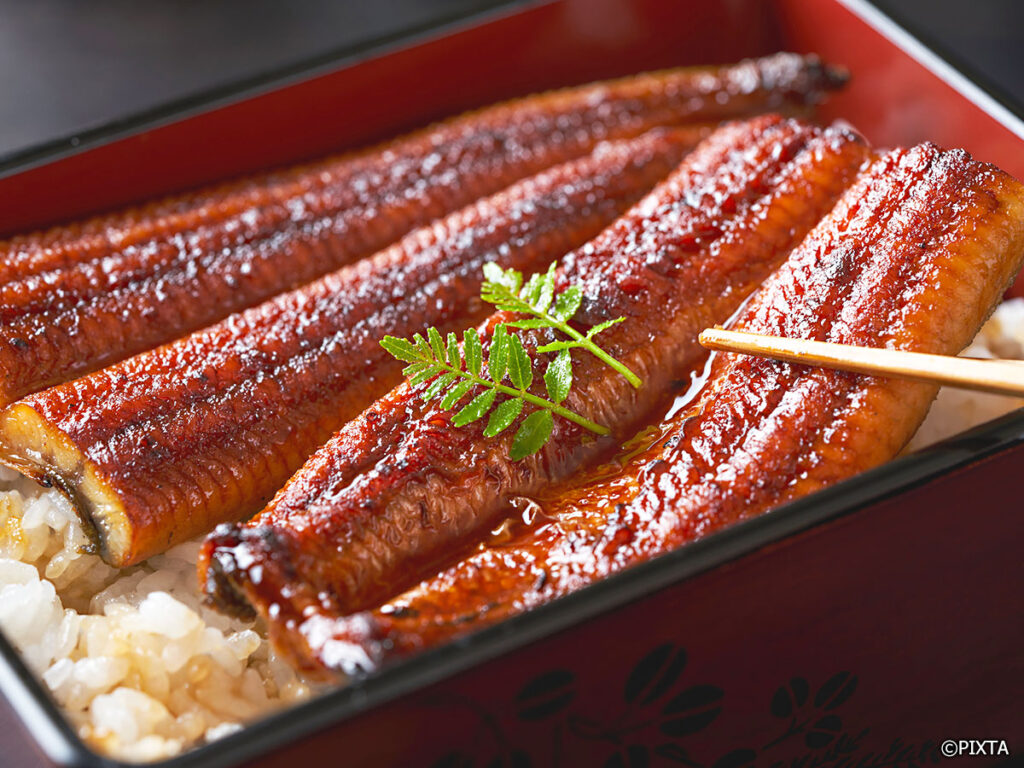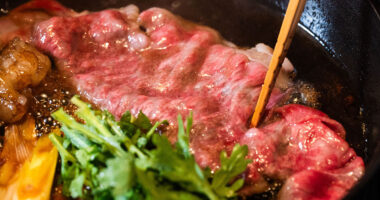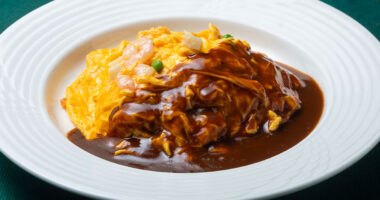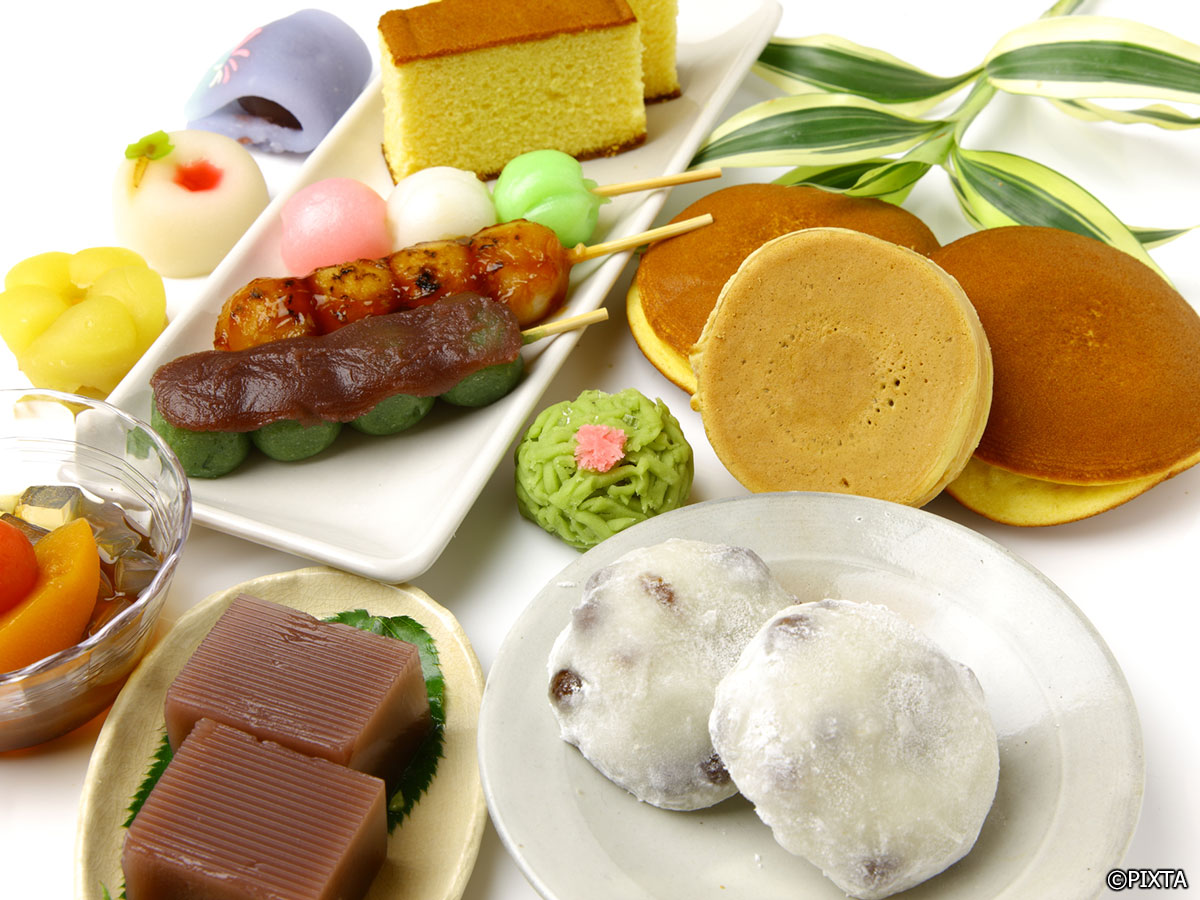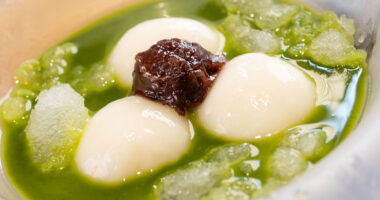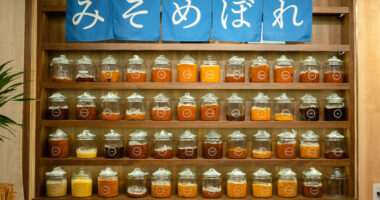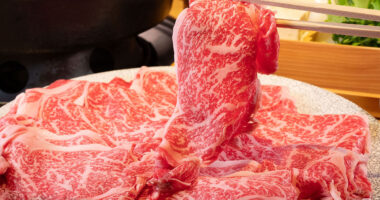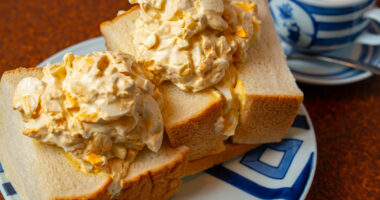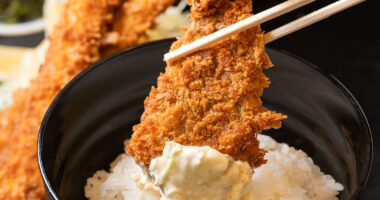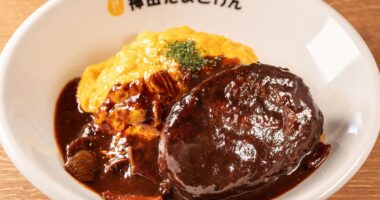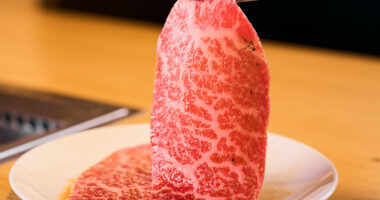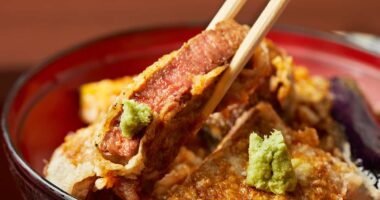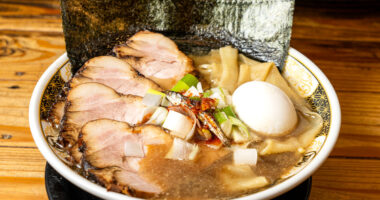Have you ever embarked on a culinary adventure that completely changed your perception of a certain food? Welcome to Japan, where the humble freshwater eel, or unagi, promises to deliver just that – a gastronomic experience that leaves you craving for more. Unagi (written in Japanese as 鰻 or うなぎ and sometimes ウナギ) holds a celebrated spot in the world of Japanese cuisine, impressing both locals and international epicures with its melt-in-your-mouth richness and a unique, complex flavor that teases and tantalizes the palate.
What Is Unagi?
Unagi, scientifically known as Anguilla Japonica, is a species of freshwater eel cherished for its buttery, succulent flesh and layered, nuanced flavor. Don’t mistake unagi for 穴子 anago, its somehwat similarly-sounding saltwater cousin, another popular eel variant in Japanese cuisine. Unagi is a gastronomic delight that flaunts a more robust, intense flavor and a satisfyingly firm texture, while anago seduces your palate with a softer, more delicate texture and a whisper of sweetness.

Unagi sushi (left) and anago sushi (right).
Where To Get Unagi
For food enthusiasts journeying through Japan, unagi can be discovered in a myriad of dining venues. Specialized うなぎ屋 unagiya (eel restaurants) offer the most immersive unagi dining experiences. You can also revel in unagi delicacies in sushi bars, izakayas, and even robatayaki grill restaurants. There are even chains specializing in the prized ingredient. Furthermore, unagi can be savored in supermarkets’ prepared food sections, and even local convenience stores.

A sign outside an unagiya showing the う u hiragana of うなぎ unagi in the shape of an eel.
Types Of Unagi Dishes
Unagi is revered for its versatility. Depending on its preparation, the final dish can transform dramatically, each providing a unique gustatory voyage.
蒲焼き kabayaki: The most iconic form of unagi cuisine, kabayaki, involves skewering deboned eel fillets, grilling them, and basting them with a sweet soy-based sauce. This process gives the kabayaki its characteristic caramelized exterior and juicy interior, making it a tantalizing choice, often served with rice.
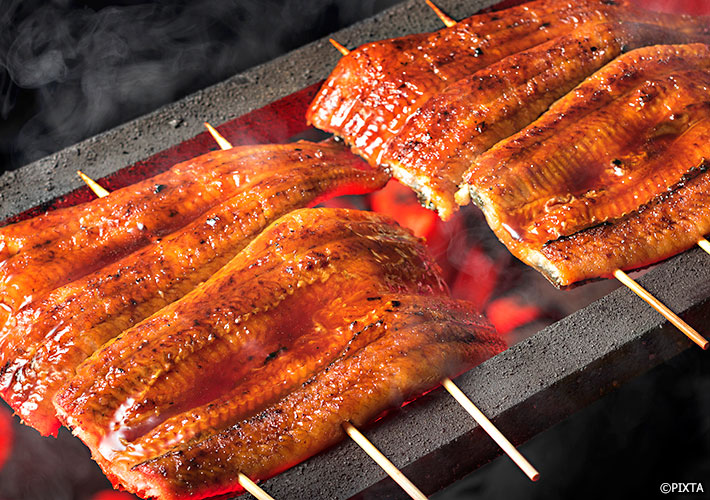
Delicious kabayaki style unagi being grilled to perfection.
白焼き shirayaki: A minimalist approach to eel preparation, shirayaki involves grilling the eel without any sauce, letting the natural, delicate flavor of the eel take center stage. Typically served with soy sauce and/or wasabi, shirayaki is not commonly served on a bed of rice, instead often paired with sake or white rice separately.
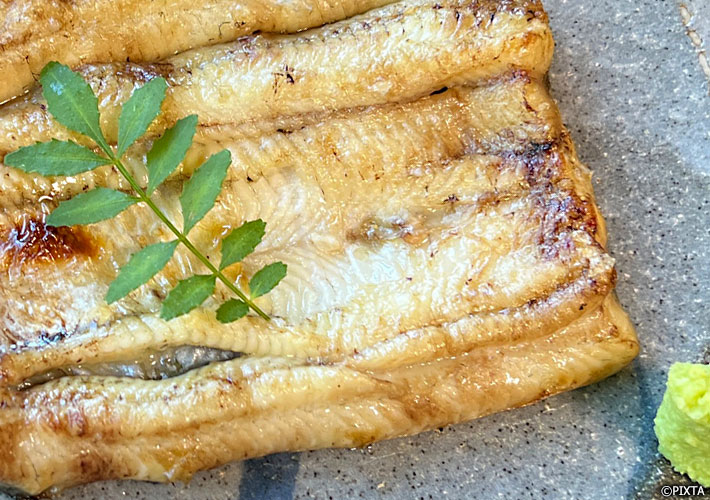
Shirayaki style lets you appreciate the delicate flavor of the eel itself.
うな重 unajū vs うな丼 unadon: Both these dishes feature kabayaki eel served over rice, but the difference lies in their presentation. Unadon (a shortened form of 鰻丼 unagidonburi) is served in a donburi, a large bowl.
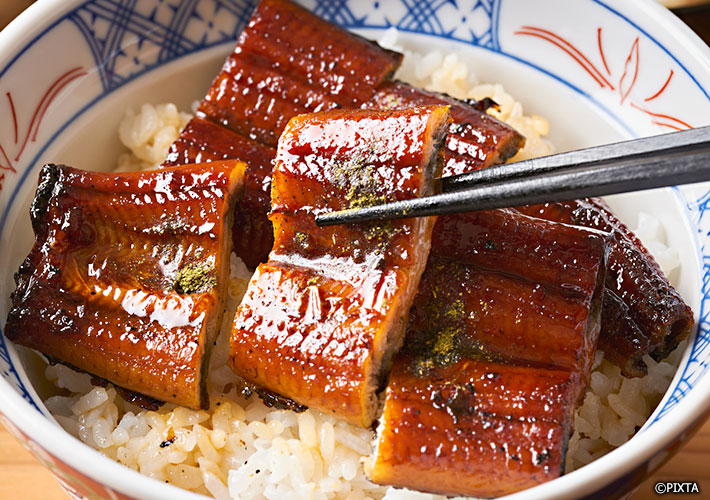
Unadon is a popular and usually reasonably-priced way of enjoying unagi.
Unaju, on the other hand, is presented in a 重箱 jūbako, a lacquered tiered box, and is typically considered a more luxurious version of unadon, often served with accompanying side dishes.
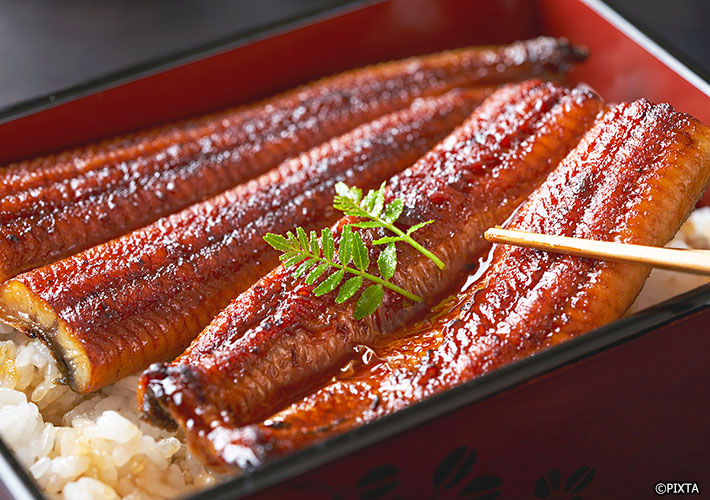
When you want a more luxurious version, try unaju.
櫃まぶし hitsumabushi: A specialty dish hailing from Nagoya, hitsumabushi offers a three-part culinary journey. The grilled eel can be enjoyed straight, combined with seasonings, or served with a flavorful soup, offering an evolving palate of flavors and textures.
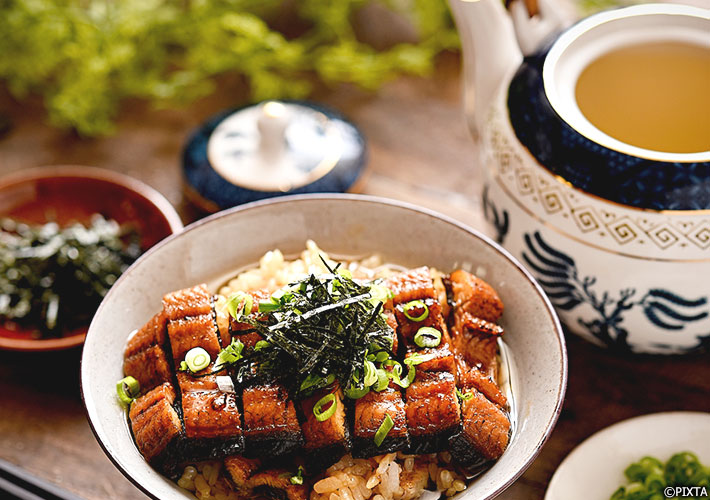
Hitsumabushi offers an evolving palate of flavors and textures.
肝吸い kimosui: A delicate, clear soup featuring eel liver, kimosui presents a slightly sweet, umami flavor, serving as a delightful palate cleanser in an unagi meal.
Others: There are more dishes as well! Unagi and egg have long been a favored pairing in Japanese cuisine, giving rise to delightful creations such as うな玉丼 unatamadon (grilled eel and scrambled egg bowl) and う巻き umaki (eel-filled omelet).
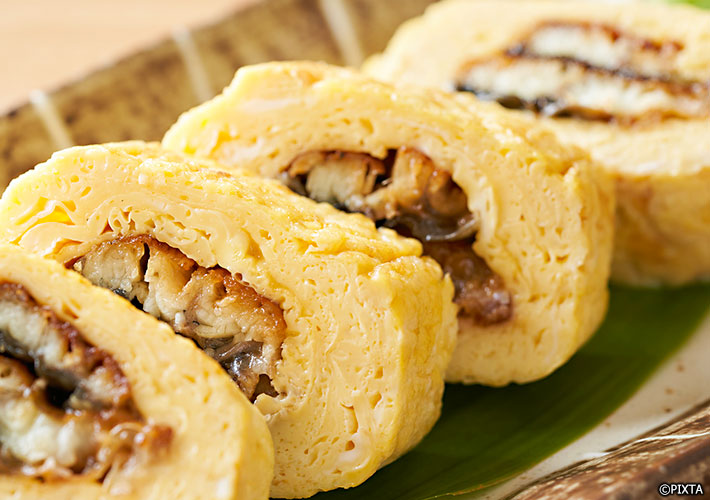
Umaki offers a combination of egg and eel in one bite.
Additionally, unagi finds its way into other delectable dishes. Unagi sushi features tender grilled eel atop seasoned sushi rice, offering a delightful combination of flavors and textures. うざく uzaku, a traditional Kyoto dish, combines thinly sliced unagi with crisp cucumber and a tangy sauce. For those seeking a unique snack, unagi bone senbei presents a crispy rice cracker infused with the essence of grilled eel bones, providing a savory and addictive treat. These varied preparations showcase the versatility of unagi and the creative ways in which it can be enjoyed.
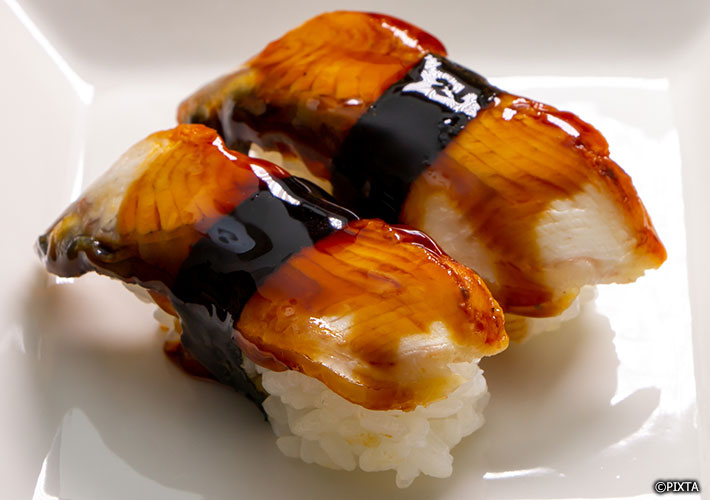
Budget-conscious visitors can try unagi sushi to get a taste.
As for prices, a plate of unagi sushi at conveyor belt restaurants costs around 200-500 JPY, unadon generally ranges from 1,000 at chain restaurants to 2,500 yen at specialized restaurants, while premium dishes like unaju and hitsumabushi can start from 2,000 yen and can exceed 10,000 yen at the fanciest establishments. Pre-packaged unagi at convenience stores is more affordable, ranging from 500 to 1,200 JPY, depending on the type. Finally, keep in mind that dishes prepared with locally-sourced eel will always be more expensive than imported eel.
Tips For Enjoying Unagi
Experience the full spectrum of unagi by trying a range of dishes. From the sweet, smoky kabayaki to the pure, delicate flavors of shirayaki and the varied tastes of hitsumabushi, there’s a world of flavors to explore. Don’t forget to sprinkle some 山椒 sanshō (Japanese pepper) onto your unagi dish. The unique citrusy and slightly numbing flavor of sansho wonderfully complements the rich taste of the eel.
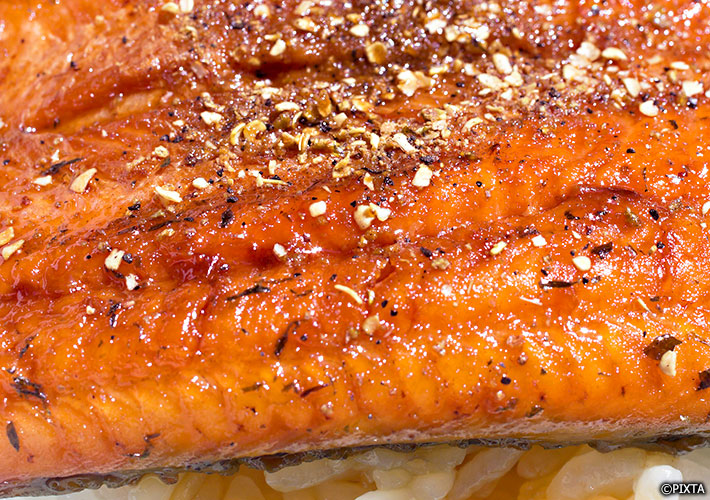
Crushed sansho pepper generously sprinkled on kabayaki style unagi.
During the summer months in Japan, specifically in mid-summer on the “Days of the Ox,” known as 土用の丑の日 doyō no ushi no hi in the traditional lunar calendar, it is a customary tradition to enjoy eating unagi. This special occasion is observed on specific dates each year: July 30th in 2023, July 24th and August 5th in 2024, and July 19th and July 31st in 2025. If your visit happens to coincide with one of these dates, you can embrace the local customs and partake in this cultural practice. Unagi was traditionally believed to offer nourishment and provide stamina to help people endure the hot weather.
In conclusion, embarking on the unagi journey provides a fascinating exploration of the intricate art of Japanese cuisine. Whether it’s a casual eatery or an upscale restaurant, make sure you seize the opportunity to try unagi during your visit to Japan. It’s not just a dish; it’s a ticket to an unforgettable tasting adventure that encapsulates the spirit of Japan’s diverse and refined culinary landscape.
